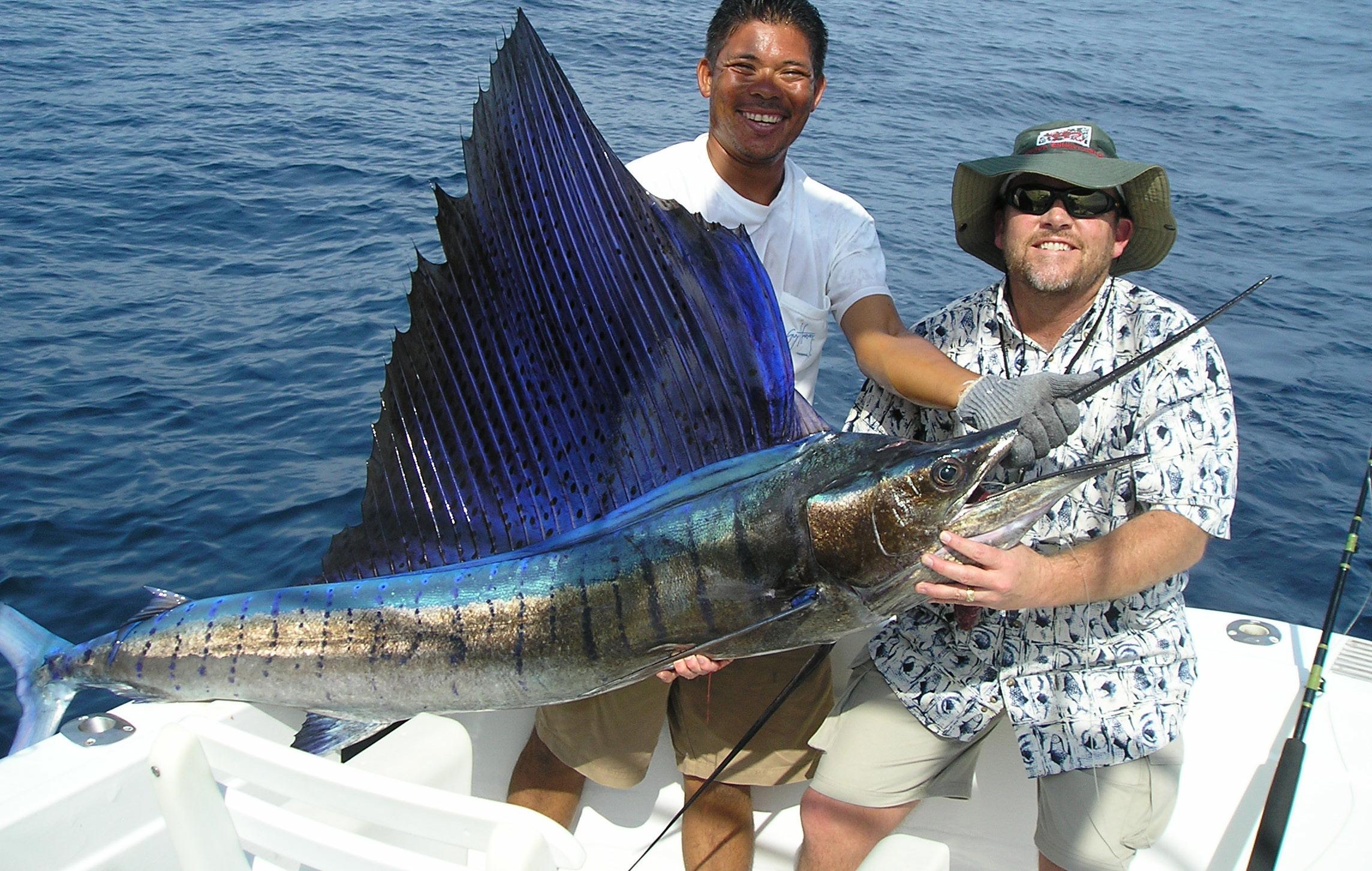
5 minute read
IGFA Gamefish Release Recommendations
IGFA RELEASE RECOMMENDATIONS
Modifying the types of hooks you use can significantly affect a fish’s chances for survival after it is released. When fishing with natural bait (dead or alive), IGFA strongly encourages the use of non-offset circle hooks. Extensive research on species from salmon to sailfish has demonstrated that circle hooks gut hook significantly fewer fish without sacrificing catch rates. Lures that have treble hooks should have the barbs bent down or removed to facilitate easier hook removal.
Advertisement
Interested in the science behind circle hooks? Read Circle hooks, 'J' hooks and drop-back time: a hook performance study of the south Florida recreational live-bait fishery for sailfish, Istiophorus platypterus published in Fisheries Management and Ecology in 2007.
If you’re not going to photograph your fish or document it for record purposes, the best method is to not remove the fish from the water. In-water releases can be aided by the use of de-hooking devices that eliminate the need to boat the fish and keep hands safe distances away from the fish. If the fish has swallowed the hook, it is much better for the angler to cut the leader as close to the fish as possible, rather than trying to forcibly remove the hook.
If a fish needs to be removed from the water to remove the hook and/or document it for record purposes, anglers should use either their hands or knotless, rubberized landing net. Most small to moderately large sized fish can be landed by hand. Ideally, this should be done with wet hands or soft, wet gloves to minimize slime and scale loss. Lip gripping devices may be used to help subdue fish. However, they should not be used to hoist fish vertically out of the water, as this can cause damage to jaw muscle and bone as well as to internal organs. The best method for removing fish from the water is to grip the fish or the lower jaw and support the fish’s underside. Again, the point is always to hold fish horizontally and not vertically.
THE TRUSTED MOBILE BOAT DETAILING AND YACHT CARE WITH A DECADE OF EXPERIENCE!
BOAT DETAILING SERVICES
COMPOUND & WAX (3M) WET SANDING






BOTTOM PAINTING
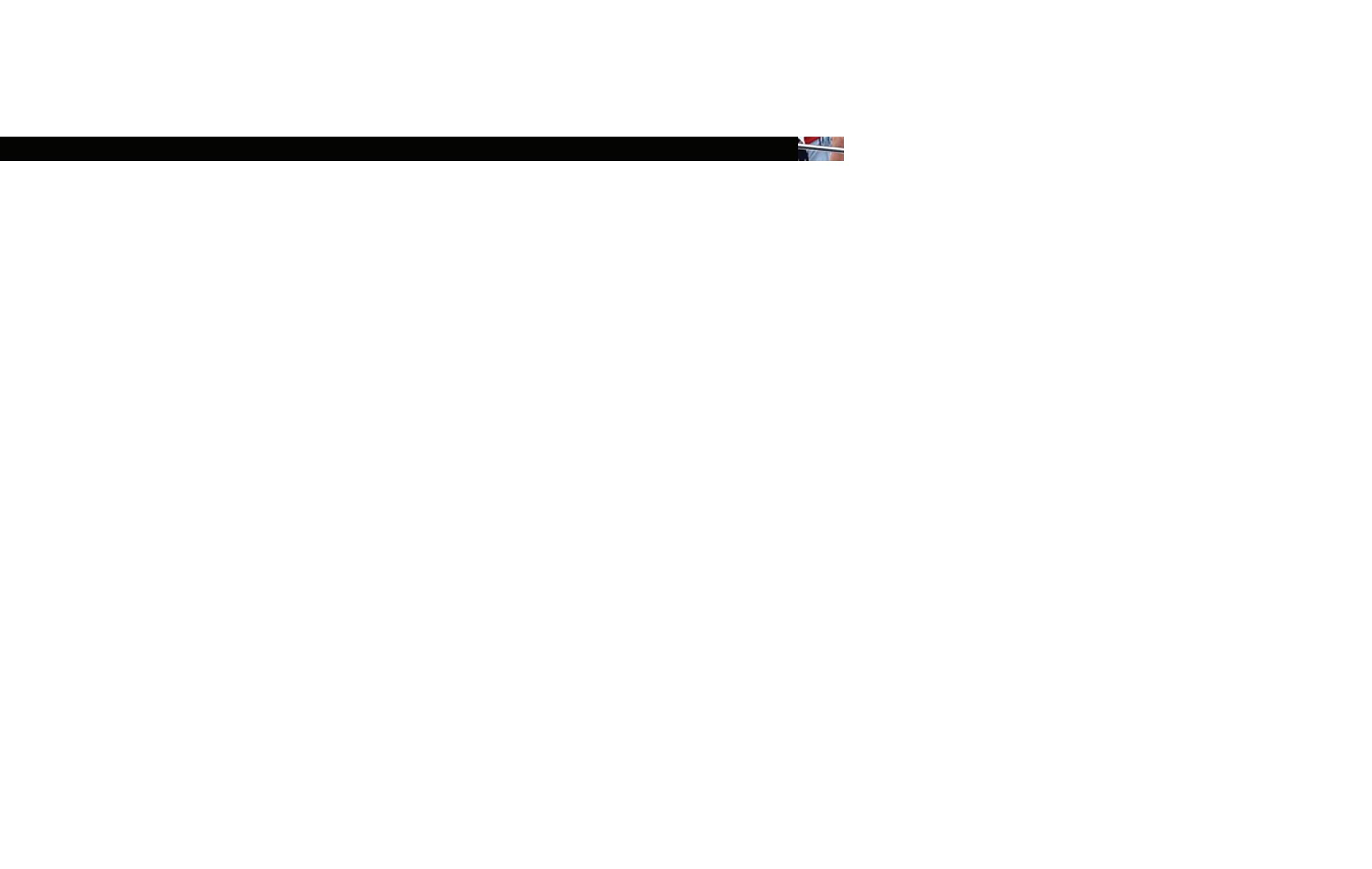
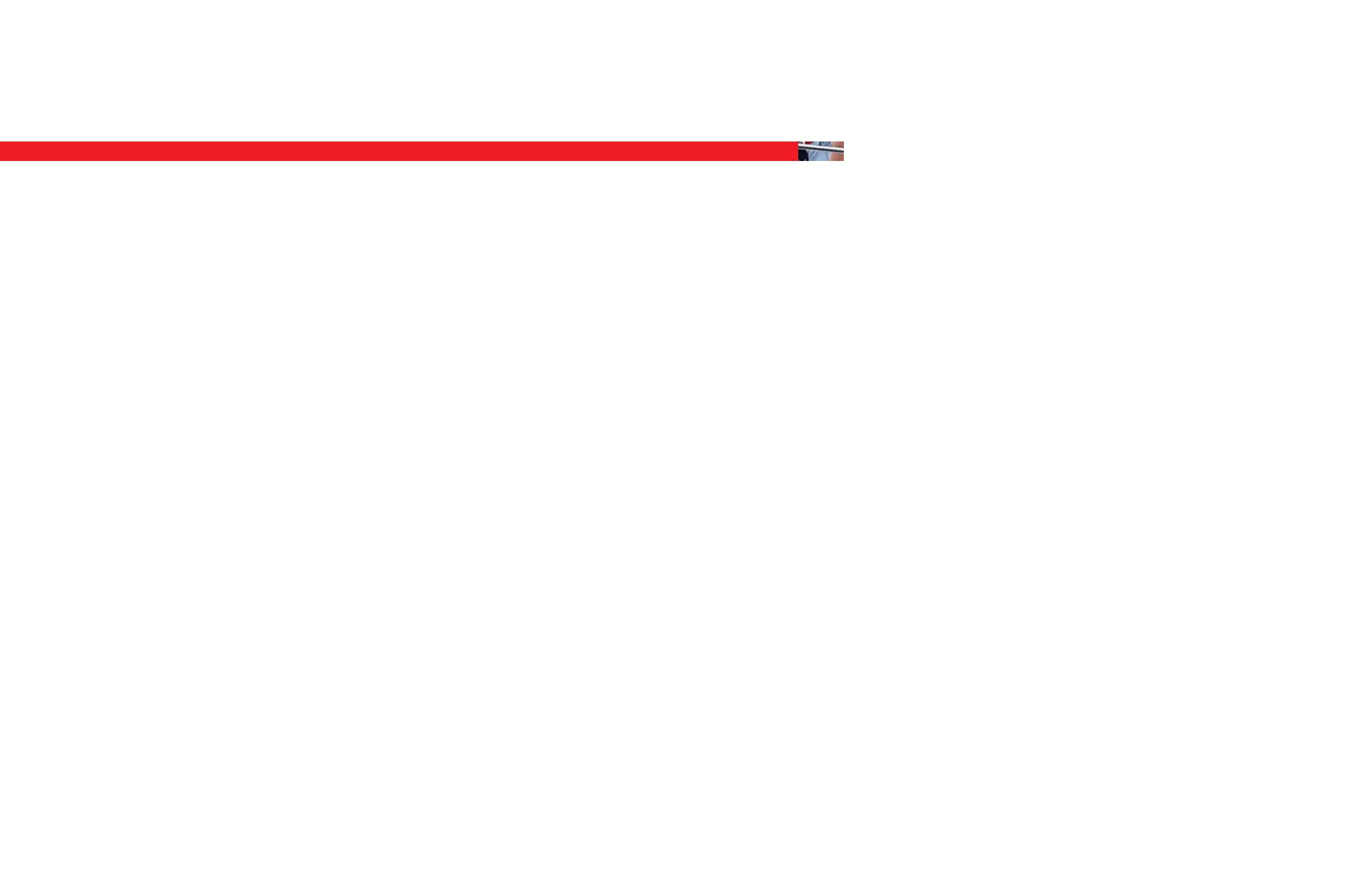



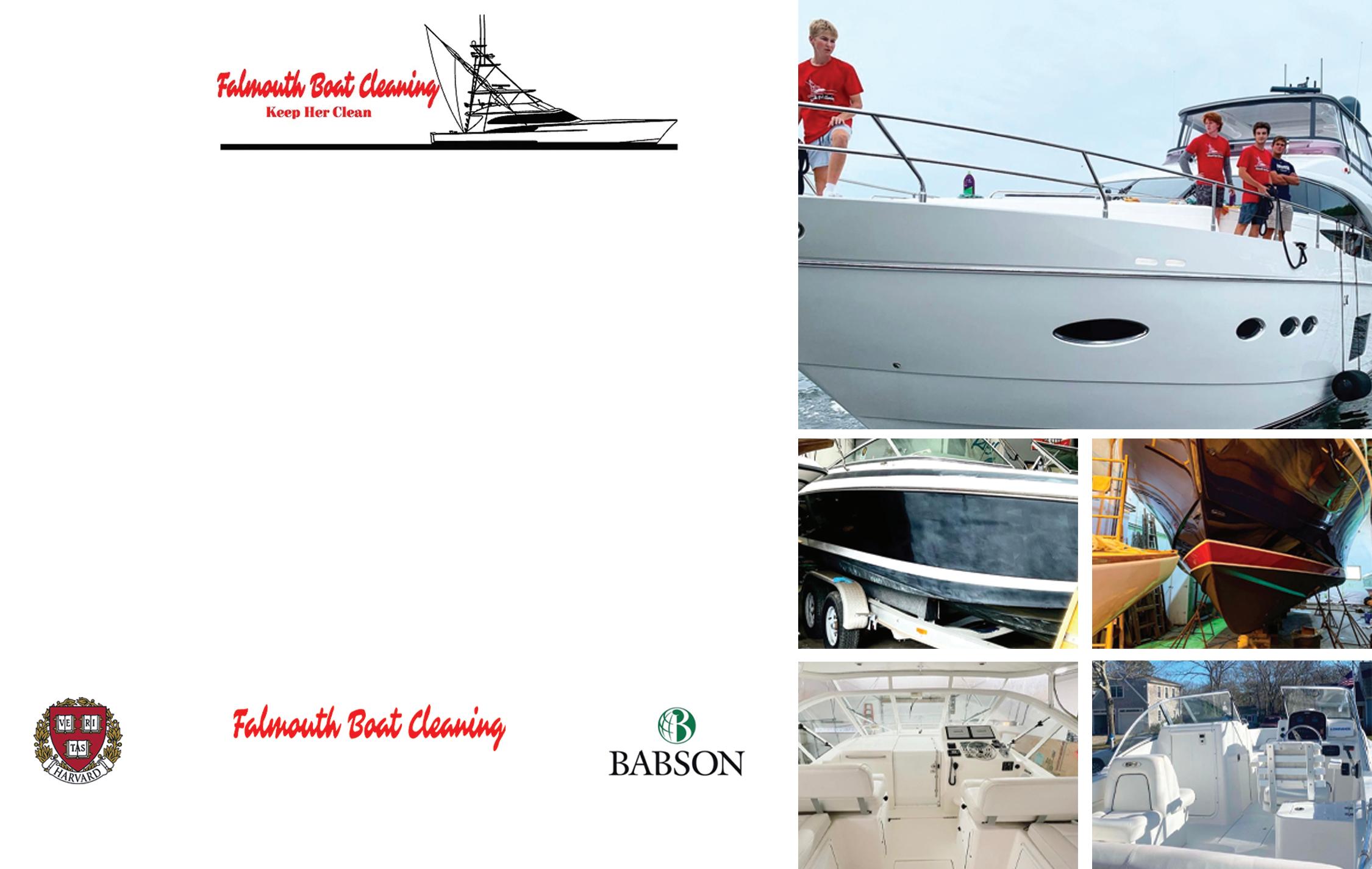
METAL POLISHING & SEALING WOOD REFINISHING TEAK CLEANING & BRIGHTENING/OIL
VINYL RECONDITIONING
DIVING & BARNACLE BEATING
W WEEKEEKLYLY WASWASH H P PROROG GR RA AMSMS + PROVISION SERVICES
Serving Cape Cod, Rhode Island, South Shore, Nantucket & Martha's Vineyard.
Owned and operated by Harvard and Babson Students.
(508)-444-2013 • FALMOUTHBOATCLEANING@GMAIL.COM
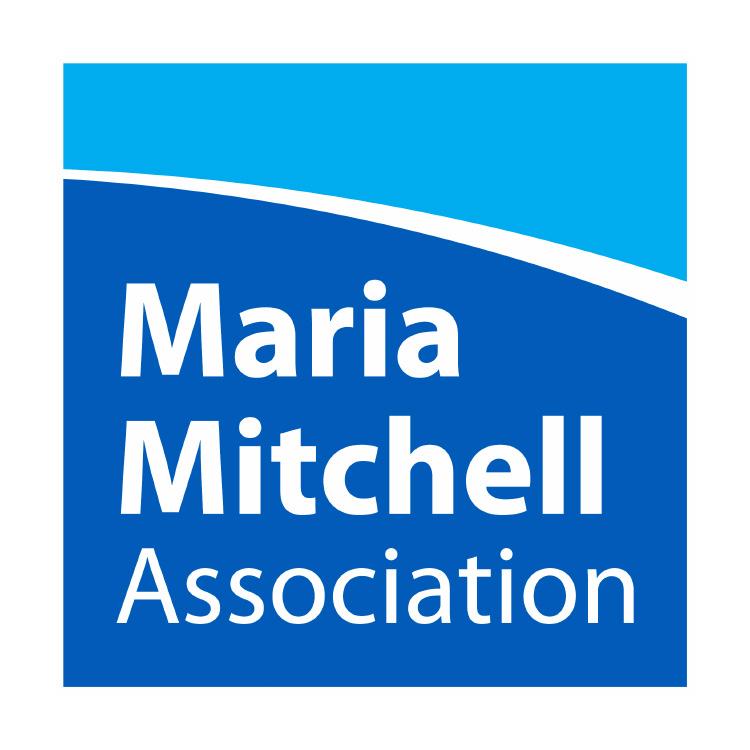

The Maria Mitchell Association is a private non-profit organization located on the island of Nantucket, Massachusetts.
The marine environment of Nantucket is unique for a variety of reasons. Our distance from the terrestrial influences of mainland North America is largely responsible for our flourishing eelgrass meadows, while our proximity to the Gulf Stream increases the appearances of southern marine species, including baby tropical fish. The absence of natural rocky habitat further distinguishes Nantucket’s marine community from that of mainland New England.
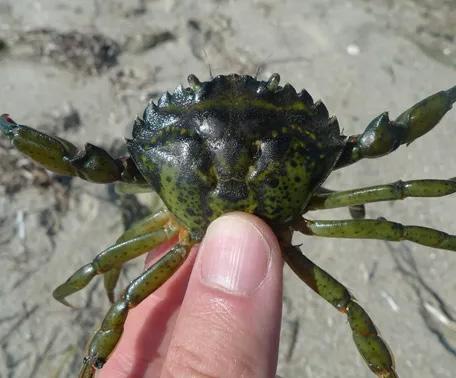
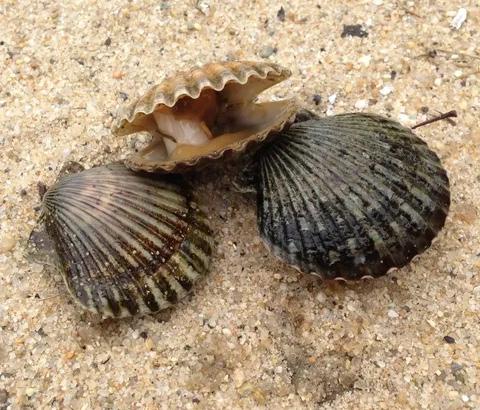
Call Us: (508) 228-9198
THEBILLFISH
FOUNDATION works worldwide to advance the conservation of billfish and associated species to improve the health of oceans and economies. Considering the context of a planet with over seven billion human inhabitants, conservation strategies must be forward-looking and adaptive. By accounting for the roles of billfish within the marine environment as well as in relation to their interactions with humanity, TBF’s conservation campaigns maintain the flexibility to adapt to emergent threats as well as those which have historically confronted resource managers. TBF employs a multi-tiered, proactive suite of initiatives involving research—both biological and socioeconomic–education, and advocacy projects. As billfish and other highly migratory species are not confined to the territorial waters of any one nation, these strategies must also take into account the differences in culture and law inherent to the international arena. Empowered by an internationally diverse constituent network, The Billfish Foundation is uniquely equipped to do just this.
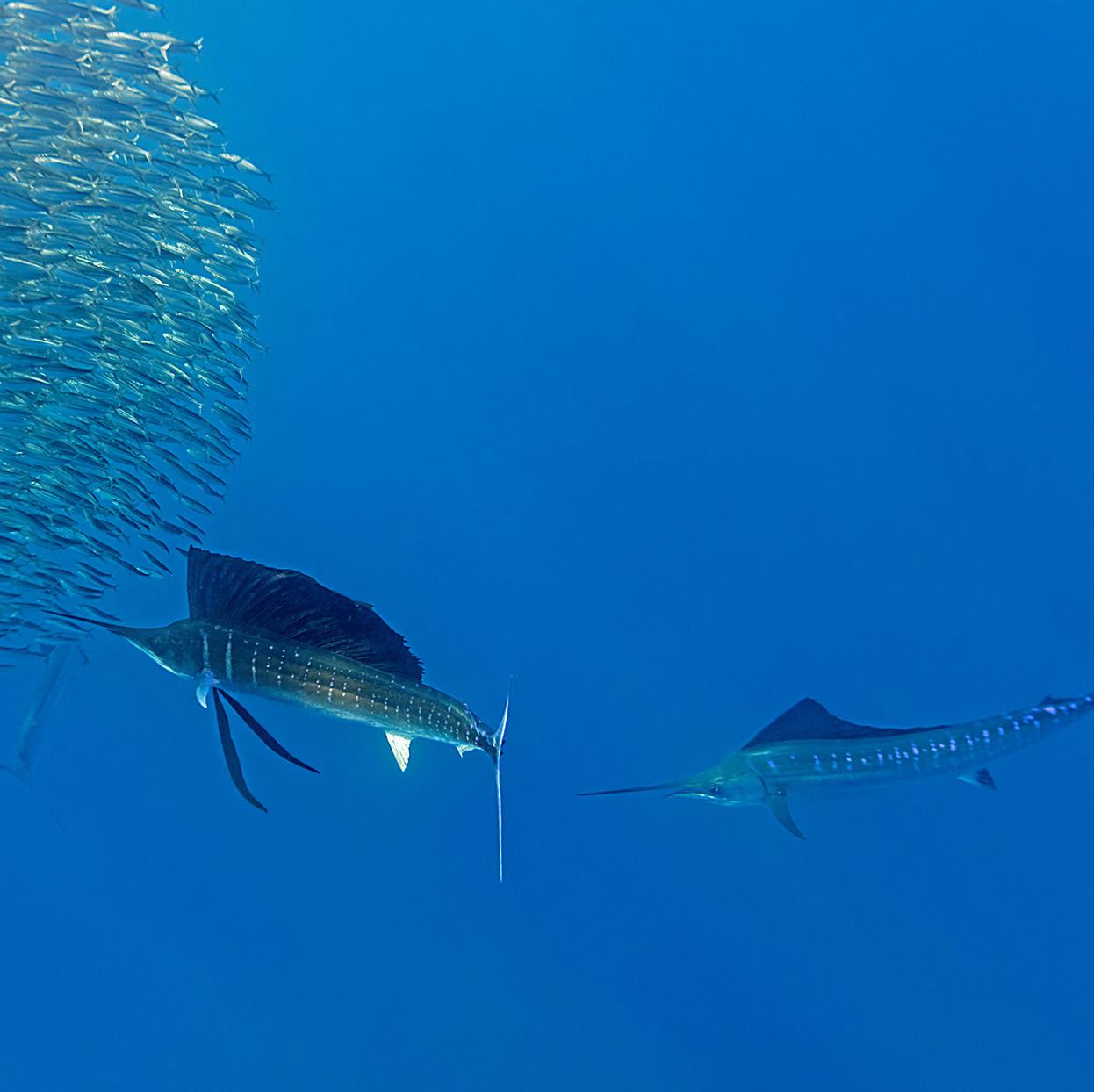
Established in 1990, The Billfish Foundation’s Tag and Release Program is the largest private billfish tagging database in the world and the cornerstone of TBF’s conservation and advocacy efforts. With more than 220,000 tag and release reports, TBF receives over 15,000 tag and release records annually from across the globe and provides vital information for billfish conservation.
The success of TBF’s Tag and Release program is contributed to the dedicated anglers and captains around the globe that voluntarily tag, release, and report their billfish catches. The deployment of traditional tags and the data gathered from recaptured billfish provides valuable scientific data to further understand growth rates, migratory patterns, habitat utilization, and post-release survival rates. Tag and release data also provides valuable information for stock assessments that are instrumental in a time when industrial longlines represent the largest source of marlin mortality. This valuable data, much of it impossible to measure without the use of traditional tagging, provides the groundwork for conservation minded policy, scientific advancement, and gives insight into the demographics and socio-economic benefits generated from billfishing.
As tagging provides The Billfish Foundation with substance for its conservation efforts, TBF recognizes those anglers and captains that tag and release the most billfish each year at an awards ceremony at the Miami International Boat Show. The annual International Tag & Release Competition recognizes members who tag and release the most billfish by species in each of the world’s oceans. TBF award winners are the ‘who’s who of the billfishing world’ and are those that do not just catch and release a great number of fish, but embody and share a common conservation ethic. As captains and anglers on the water represent the first line in billfish conservation, recognition of their efforts provides a means to illustrate the direct link between catch and release fishing and marine conservation. To recognize the efforts of all of its members, TBF also provides release certificates for those that report billfish tags and releases.








